If you are a lover of savory noodle dishes, then you shouldn’t miss out on the chance to try Champon. It is a must-try dish, regardless of whether you are a ramen enthusiast or just someone looking to explore new culinary experiences. Champon is a home-cooked dish that has been enjoyed daily in Nagasaki Prefecture since its inception. The dish is not only delicious, but it is also nutritious and prepared using a single wok. Over time, Champon’s popularity grew and now served in many restaurants throughout Japan and even beyond its borders.
In this guide, we will take a closer look at Champon’s ingredients, preparation techniques, and cultural significance. So, prepare yourself to learn more about this mouthwatering Japanese noodle dish and understand why it has become a beloved dish worldwide.
What is Champon?
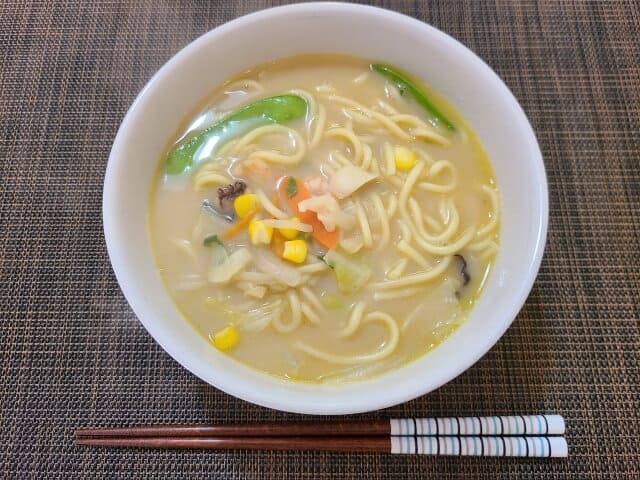
Champon is a popular noodle dish that originated in Nagasaki, Japan. It is a variation of ramen characterized by thick wheat noodles, and a blend of seafood, vegetables, and meat. To prepare the broth for Champon, locals simmer a combination of pork bones, seafood, such as clams, shrimp, squid, and vegetables like cabbage, onions, and carrots together. The flavorful broth is then used to cook the wheat noodles until they are perfectly tender. Upon serving Champon, locals add an assortment of toppings such as sliced pork, fish cake, and green onions, which contribute to the dish’s texture and flavor.
Champon History
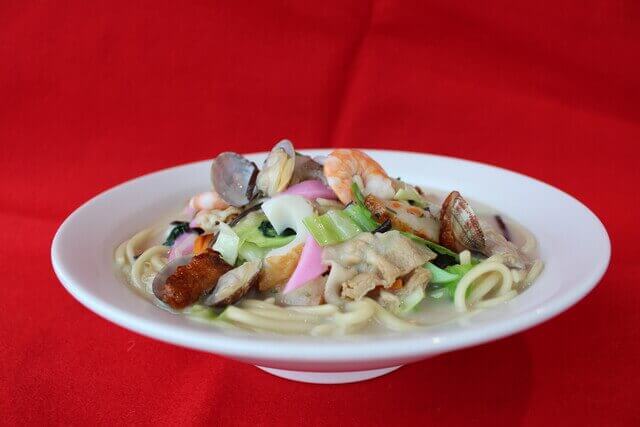
During the period of national isolation, Nagasaki played a significant role as the only open port in Japan that welcomed foreign cultures, thus developing its unique cultural identity. Two of Nagasaki’s culinary specialties that were created under the influence of China, with whom it had a close relationship, are champon and sara udon, featuring a blend of Japanese and Chinese flavors.
Champon’s origin has various theories, but the most popular one states that it was first served in the Chinese restaurant Shikairo during the Meiji period. The kind owner created a nutritious and affordable menu to cater to Chinese students’ needs who were eager to eat, and the dish quickly gained popularity in Nagasaki’s Chinatown. It is interesting to note that the same restaurant, Shikairo, is also considered the birthplace of Sara-udon.
About the Name
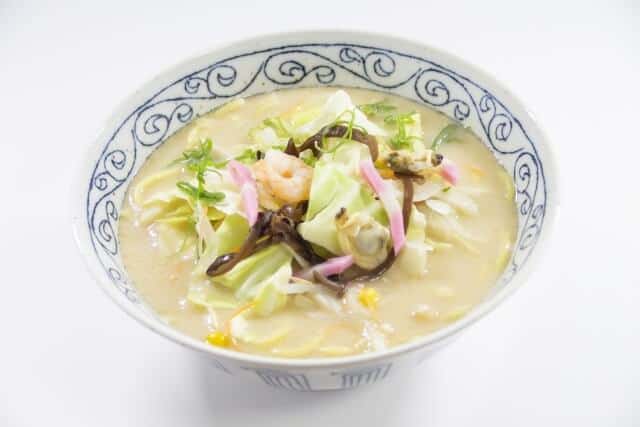
The etymology of the word Champon is not entirely clear, and there are different theories about its origin. One theory suggests that the name comes from the word “chanpon,” which means “mixed” or “blended” in the Nagasaki dialect. This theory suggests that the dish got its name from the fact that it is made by blending various ingredients. Another theory is that the name Champon comes from the daily greeting in Fujian Province, China, ‘吃飯’ (shapon, which means ‘Did you eat rice?’). And another one that said from the Chinese people’s nickname of the time, ‘Chang’ and the Japanese’ ‘Pon’.
Difference between Champon noodles and ramen
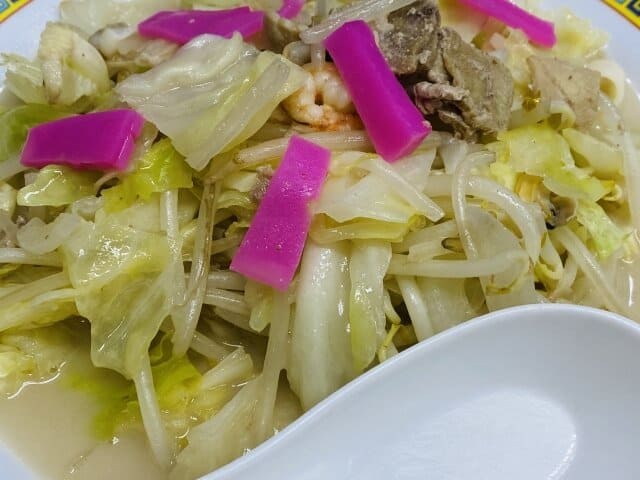
Champon may appear similar to ramen due to its numerous ingredients, but significant differences set them apart. While the method of noodle preparation is one of these distinctions, the primary difference lies in the cooking process.
Ramen usually involves cooking the noodles, soup, and toppings separately and then assembling them in a bowl. The noodles are boiled in water, drained, and added to the soup, along with prepared toppings like char siu, green onions, and eggs. In contrast, Champon stands out for its unique cooking process of stir-frying seafood and vegetables, pouring the soup, and simmering it all in one wok. This Chinese cooking technique of “simmering” results in a distinct taste for the noodles and ingredients, which sets Champon apart from ramen and enhances its unique flavor.
Soup of champion
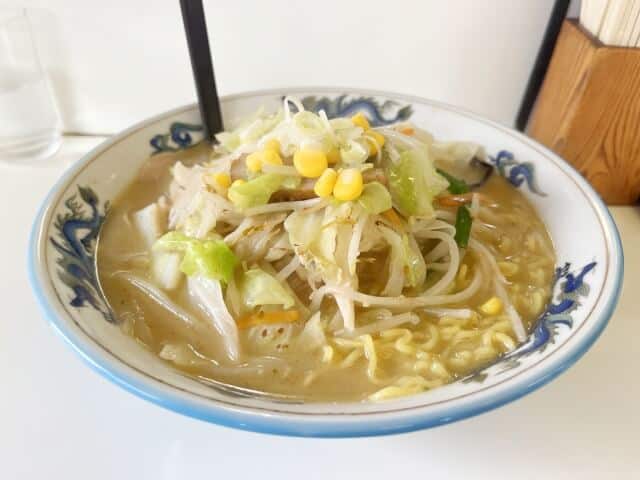
Nagasaki champon soup is mainly a blend of tonkotsu and chicken bones, but many restaurants are particular about using only pork bones or chicken bones. Tonkotsu has a rich flavor, while chicken bones have a rich flavor. In the case of a blend, when you put it in your mouth, the flavor of tonkotsu spreads quickly, gradually changing to the taste and richness of chicken bones.
Health facts of Champon
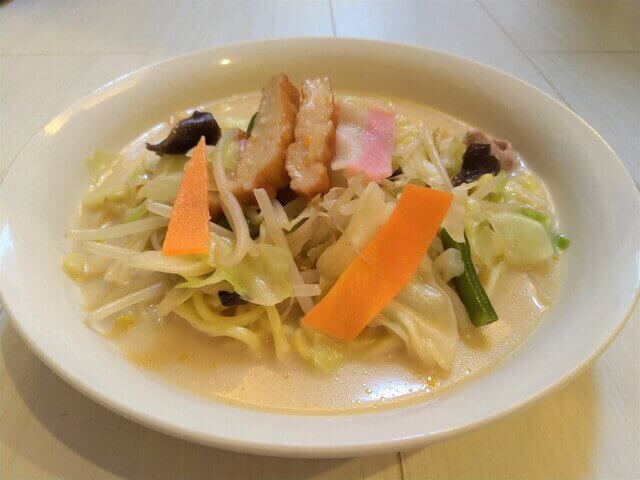
As with any dish, the health impact of Champon depends on its ingredients and preparation method. Champon is a nutritious dish that can provide a balance of carbohydrates, protein, and vegetables. The broth is typically made from simmering pork bones and seafood, which can add protein, collagen, and minerals to the dish. The vegetables, such as cabbage and carrots, can provide essential vitamins and fiber. However, some versions of Champon may be high in sodium due to the use of soy sauce and other seasonings. Additionally, the thick, wheat-based noodles used in Champon can be high in carbohydrates and calories, so it may not be suitable for those on a low-carb or low-calorie diet.
Champon FAQ
- What are some common ingredients used in Champon?
-
Champon typically includes a variety of ingredients such as thick wheat noodles, seafood such as shrimp, squid, and clams, and vegetables such as cabbage, onions, carrots, and bean sprouts. The broth is made by simmering pork bones and seafood together with vegetables. Other common ingredients found in Champon include sliced pork, fish cake, kamaboko, green onions, and other toppings such as red pickled ginger, garlic, and soy sauce.
- What are some other famous dishes or specialties from Nagasaki besides Champon?
-
Nagasaki is famous for its diverse range of dishes, including sweet Castella cake, braised pork belly Kakuni, Sasebo Burger, Toruko Rice, Shippoku multicourse banquet, Sara Udon crispy noodle dish, and Turban Shellfish commonly served grilled or boiled with soy-based dipping sauce
Champon Recipe
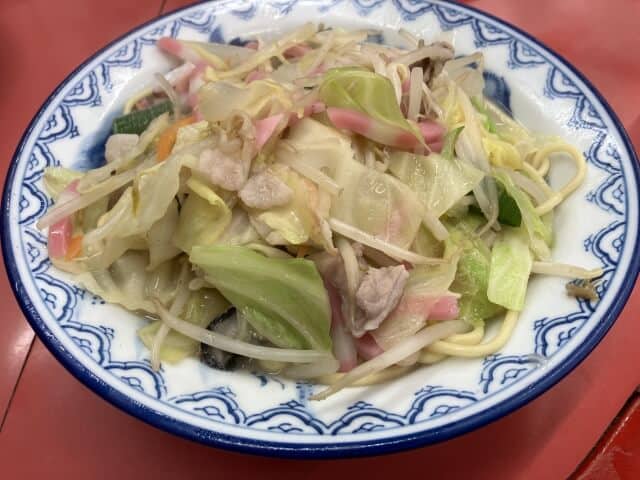
Champon Ingredients
| Ingredients of Champon for 2 persons | |
|---|---|
| Pork | 80g |
| Peeled shrimp | 80g |
| Squid | 80g |
| Short-necked clams | 80g |
| Carrot | 30g |
| Cabbage | 100g |
| Kamaboko | 30g |
| Bean sprouts | 100g |
| Shiitake mushroom | 400g |
| Nagasaki champon noodles | 300g |
| Salad oil | 30g |
| [Soup] Oyster sauce | 14g |
| [Soup] Chicken stock base | 14g |
| [Soup] Sake | 12g |
| [Soup] Sugar | 7g |
| [Soup] Salt | 3g |
| [Soup] Water | 40g |
How to make Champon
Cut the ingredients into bite-sized pieces. Mix the soup ingredients together.
Bring water (not listed) to a boil and cook the noodles. When boiled, take it in a colander.
Heat the oil in a wok over high heat, and fry the pork, peeled shrimp, squid, and clams. When the color changes, add the remaining vegetables and stir-fry lightly.
Add the mixed soup to the fried meats and bring to a boil. Then, add the noodles and simmer.
Where to buy Champon
Chinese Restaurant Shikairo (中華料理 四海樓)
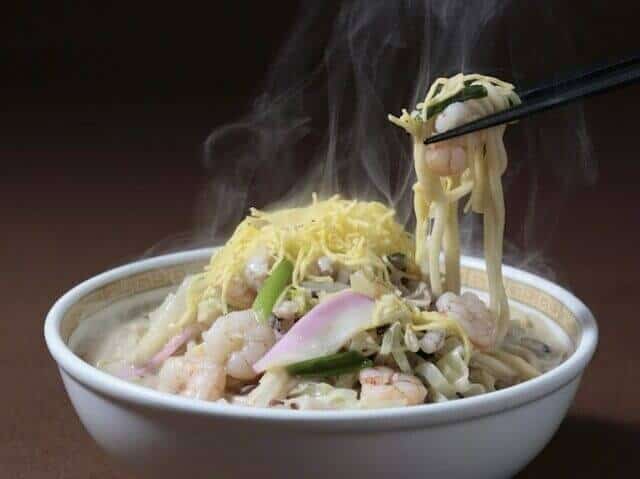
The creator of champon thats serves “Champon” for 1,100 yen, with a colorful Kinshi tamago. The thick noodles come with the rich soup. The secret soup that hasn’t changed since its founding is a blend of chicken bones and pork bones. The umami of 9 kinds of ingredients is added, and it’s so delicious that you can drink it all up.
Kairakuen (中国料理館 会楽園)
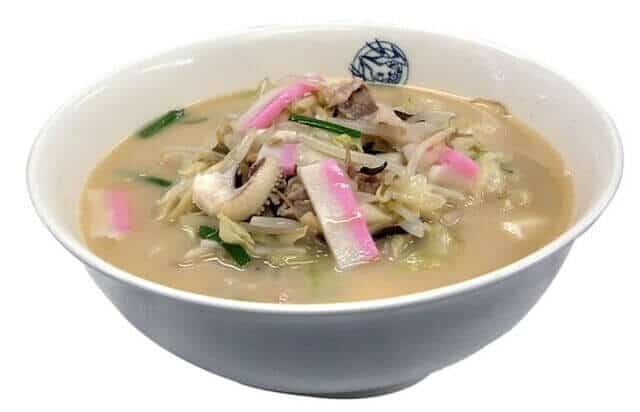
A Chinese restaurant with a colorful building that you can see from the north gate of Chinatown. The soup is a blend of chicken bones and pork bones at a ratio of 7:3. Adding to that is the umami that seeps out of ingredients such as vegetables and seafood. Some souvenirs allow you to recreate the authentic taste at home. They have “Champon” for 935 yen and a “Special champon” with extravagant ingredients is 1,320 yen.
Kōtōki (紅灯記)
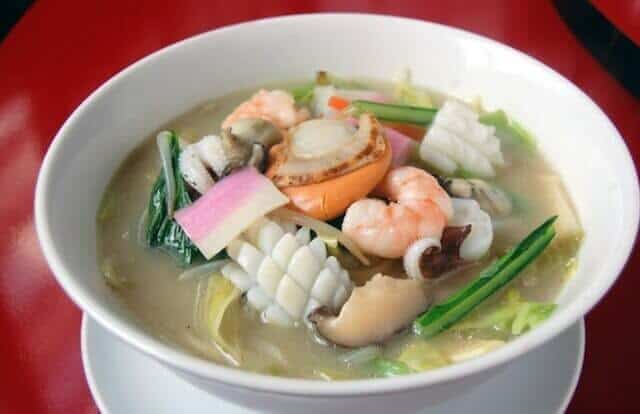
“Chinese Cuisine Kotouki” is one of the most famous restaurants in Nagasaki when it comes to delicious Champon restaurants. Founded in 1976. In Nagasaki, where there are many chefs from Fujian Province, we serve refreshing Cantonese cuisine that brings out the umami of the ingredients, which is rare. The soup made from pork fist and chicken legs has an elegant taste, and the umami spreads over and over again. No wonder so many customers drink up every drop of soup.
Final Thoughts
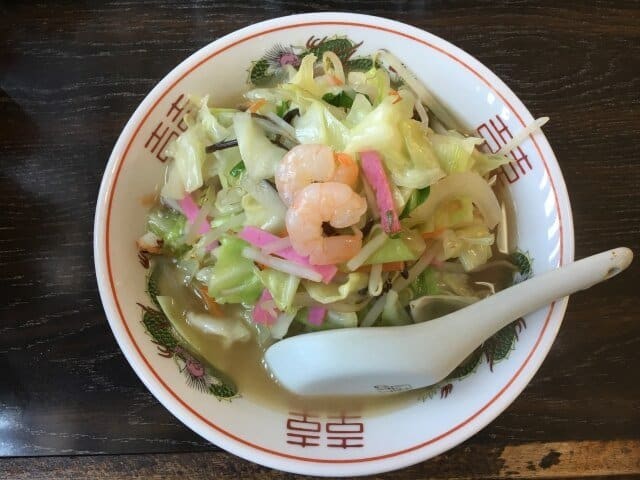
In conclusion, Champon is a delicious and hearty noodle dish that has become a beloved specialty of Nagasaki, Japan. With its unique blend of Japanese and Chinese flavors, it offers a taste that is unlike any other. From its humble beginnings as a simple, home-cooked meal to its widespread popularity in restaurants throughout the country and beyond, Champon has become a staple dish that is enjoyed by many. We hope that this article has provided you with a better understanding of Champon and inspired you to try it for yourself.
You can check some Japanese noodle dishes that we know you would like to try too.
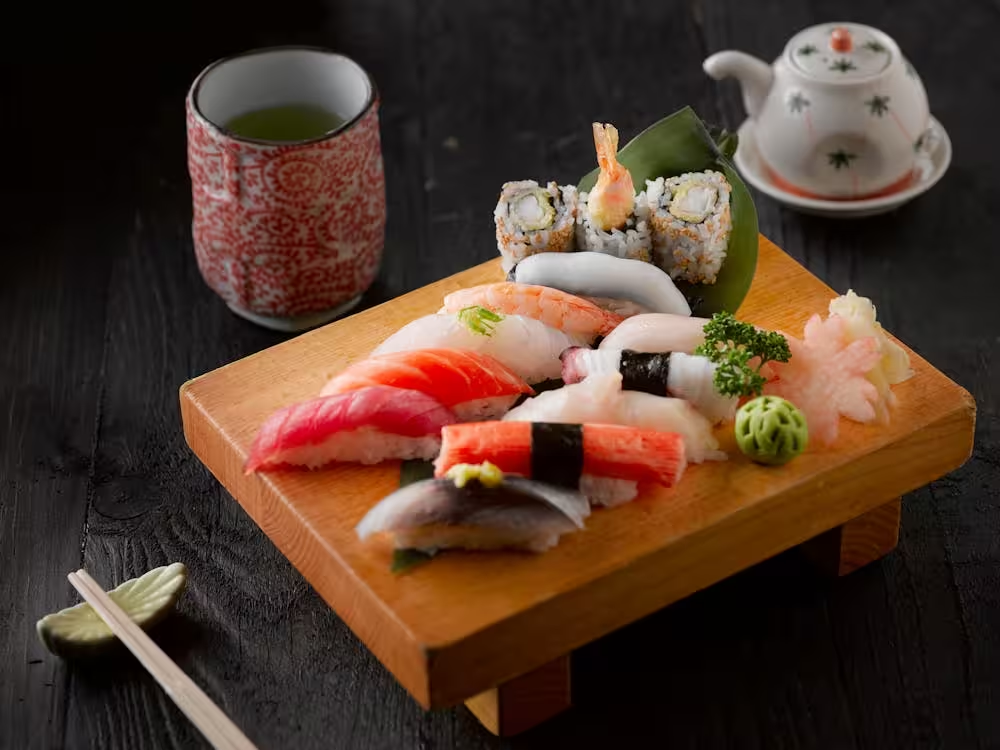
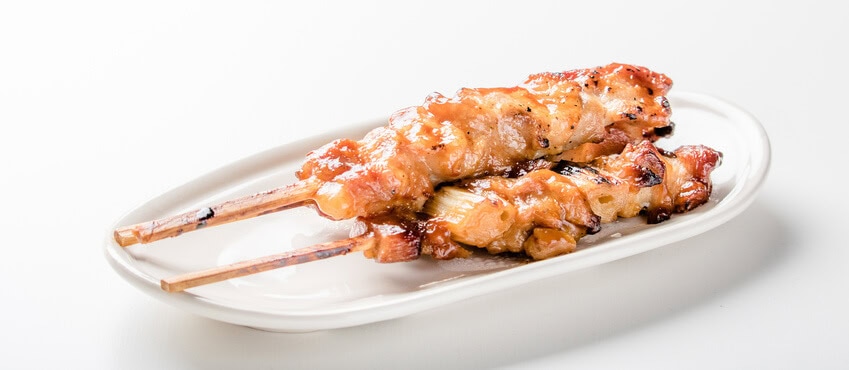
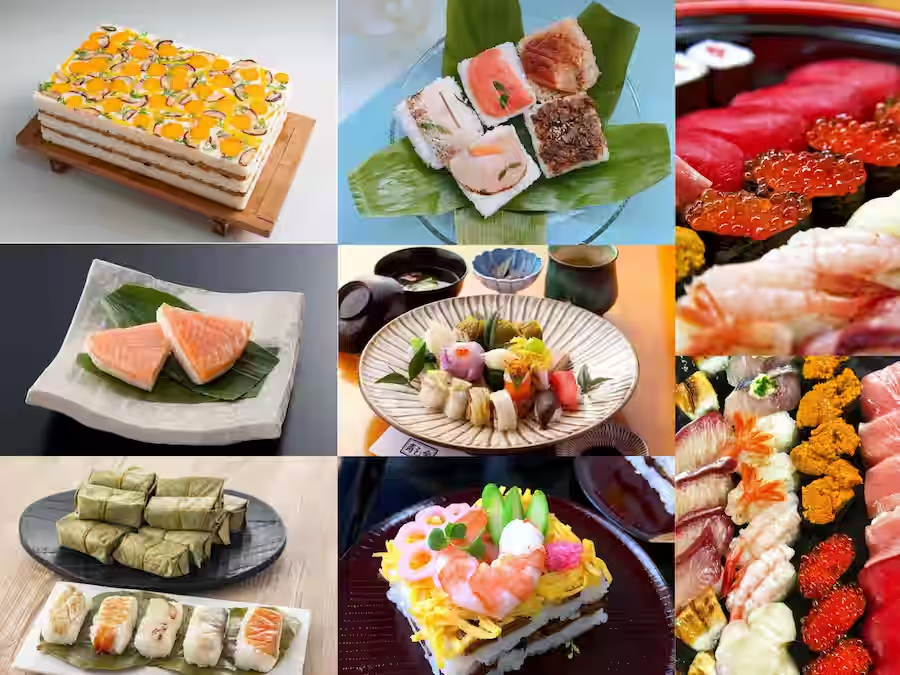
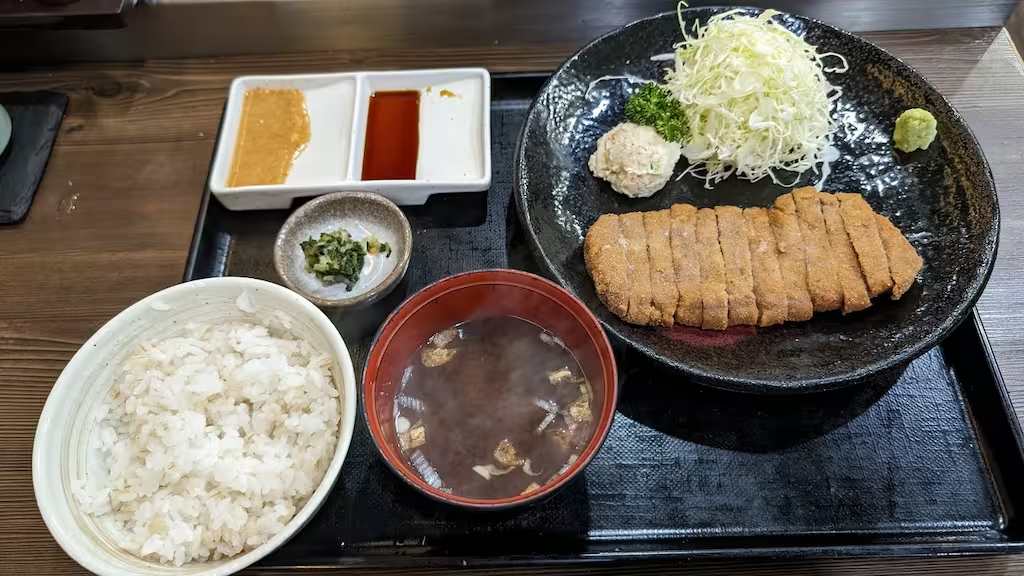
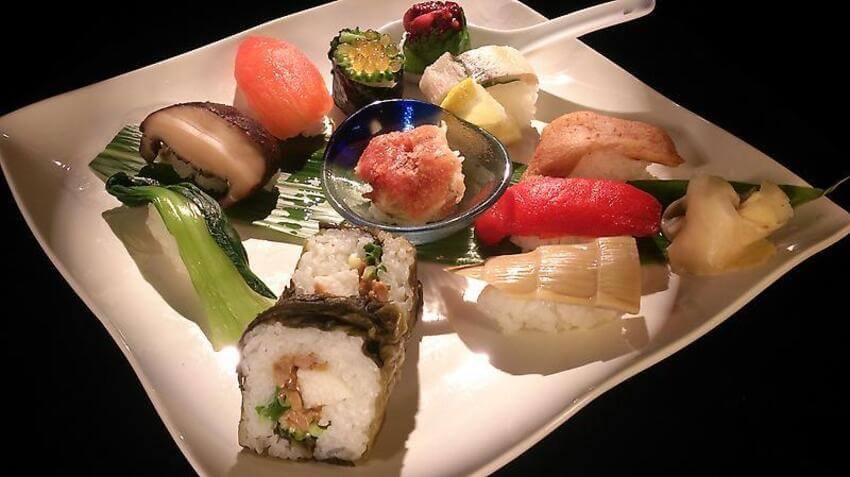

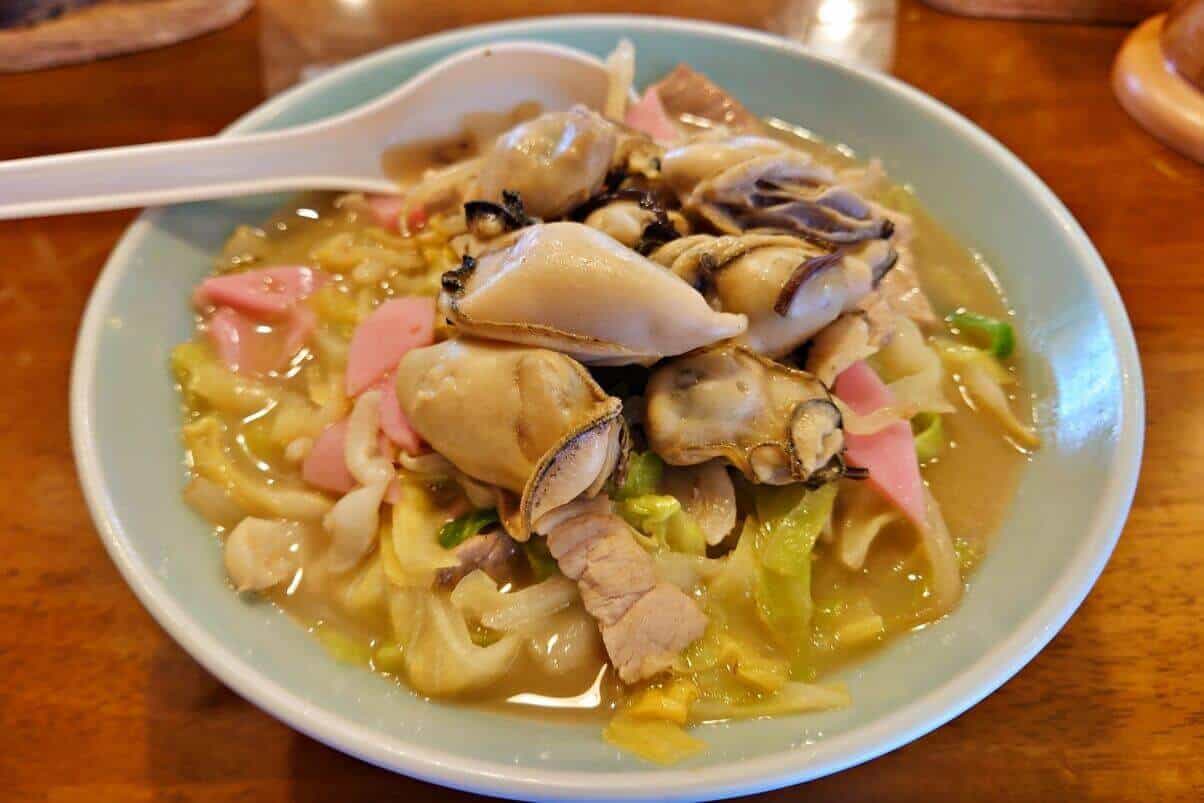
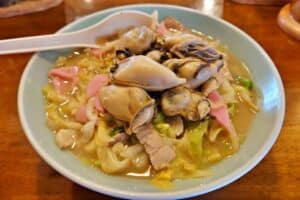
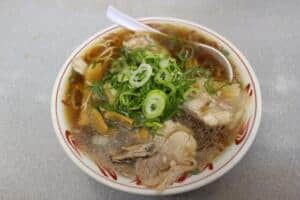
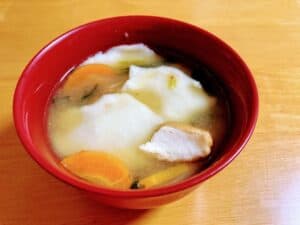
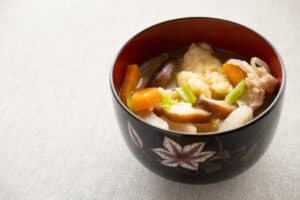
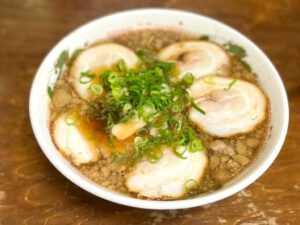
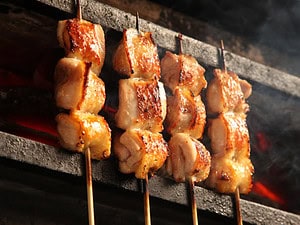
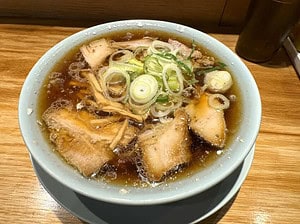

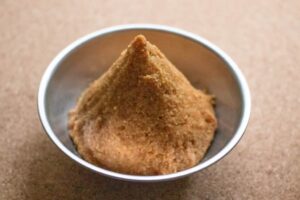
Comments